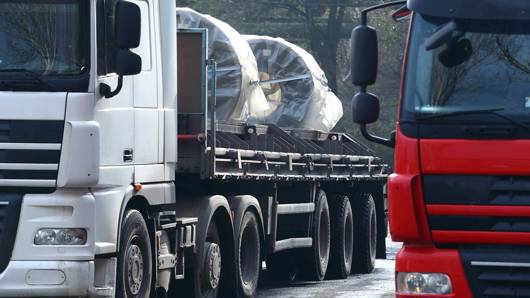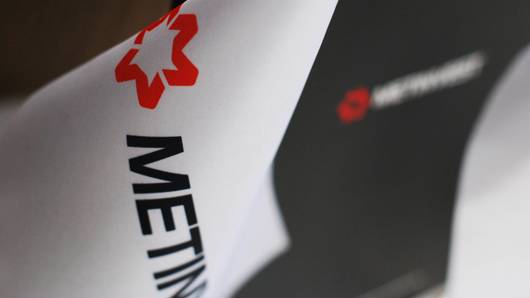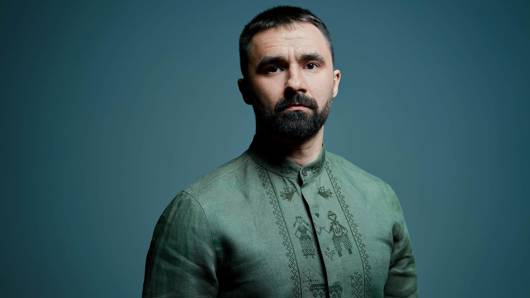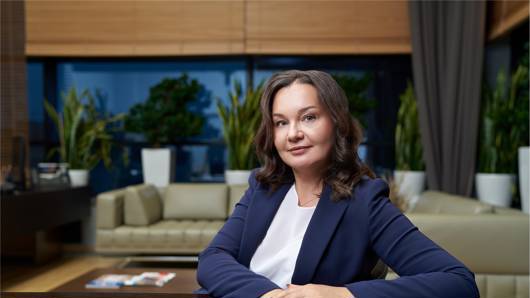As part of the Steel Dream concept for restoring Ukraine, Metinvest-SMC, Metinvest Group’s sales company, has developed a project for a neighbourhood in Bakhmut, which was destroyed by the Russians. During the second Ukrainian Construction Congress, held in Kyiv on 15-16 May, the initiative was presented by Tetiana Skrypka, head of Metinvest-SMC's construction project office, and Oleksandr Marchenko, deputy mayor of Bakhmut. The Group was the general partner of the event.
Project overview
The initiative to reconstruct the Yuvileinyi neighbourhood in Bakhmut is one of the largest in Ukraine, as it is designed for more than 17,000 residents. This represents around a quarter of the city’s population before the war.
The concept is based on the “15-minute city” idea. The space envisaged is modern, with housing, recreation areas and a barrier-free environment. The designers have also incorporated conditions to engage citizens in economic and social activities.
Tetiana SKRYPKA said: “We relied on the concept of a ’15-minute city’. Everything should be accessible: work, leisure and entertainment. We also suggested moving away from purely residential neighbourhoods and adding businesses, as well as activities that can engage young people.”
The total area of the neighbourhood is around 87 hectares. The plan is that the development will occupy some 23 hectares, while green areas will cover over 47 hectares. The project involves foregoing high-rise housing in favour of buildings with one to six floors. Residential development will be concentrated in the centre, with recreation and entertainment areas around the perimeter.
The core of the neighbourhood will be a square, with shopping centres, a cinema and children’s rooms, as well as a promenade with restaurants, cafes, and shops. There will also be a separate area for a market, which will also be open to residents of surrounding villages and farmers.
In addition, in the centre of the square, the plan is to locate a university complex, as well as offices and a hotel for engineers, architects and other specialists working on the restoration project. Later, businesses could be located there.
The initiative has also considered transport accessibility by adding bicycle lanes. In buildings and public spaces, there is a separate provision for a system of shelters.
Following the Ukrainian Construction Congress, the project won the “Contribution to the Future of Ukraine” nomination in Ukraine’s main architectural and construction award, “Creator of the Year”.
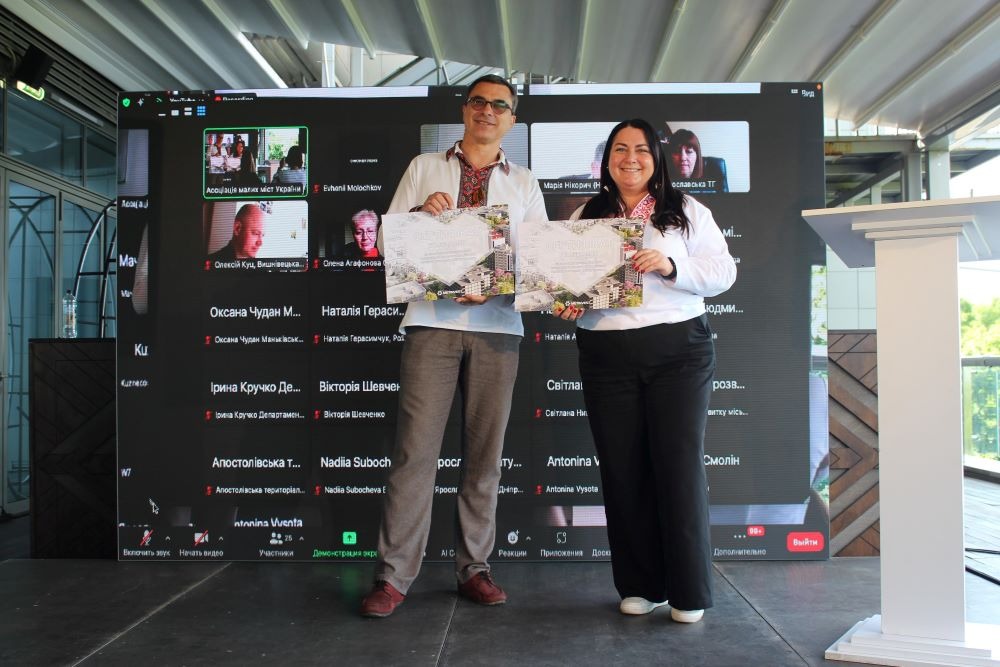
Oleksandr Marchenko said that the Bakhmut community is looking for donors to restore the city, and cooperation with Metinvest helps to accelerate this process, as the Group has a set of ready-made solutions.
This autumn, the Bakhmut administration plans to participate in the Rebuild Ukraine forum in Poland and meet donors. There, they intend to present the finished project, which requires not only developing associated documentation, but also approving the reconstruction plan with local residents at public hearings.
Solutions offered
Bakhmut is the second city for which the Steel Dream team has developed a reconstruction project. In 2023, the specialists designed an entire quarter for Mariupol that can be rebuilt using ready-made metal solutions.
To recap, in May 2023, Metinvest-SMC presented the Steel Dream concept for rebuilding the country. The specialists have developed 13 types of buildings, including residential ones, schools, kindergartens, hospitals, sports complexes and more. Overall, there are more than 200 design solutions, all of which can be adapted to the needs of specific communities. Metinvest also uses prefabricated solutions and elements such as modules, steel frames and platforms. They allow workers to construct buildings quickly and scale them according to specific needs. All the design work is free of charge.
Tetiana Skrypka noted that during the summer and autumn, two more such projects are planned to be implemented, and in total, representatives of 10 communities have applied for assistance from Steel Dream. In particular, requests have come from Kherson, Mykolaiv, Odesa and the Donetsk region, as well as from the Chernihiv region, where reconstruction projects will be implemented in cooperation with Denmark.
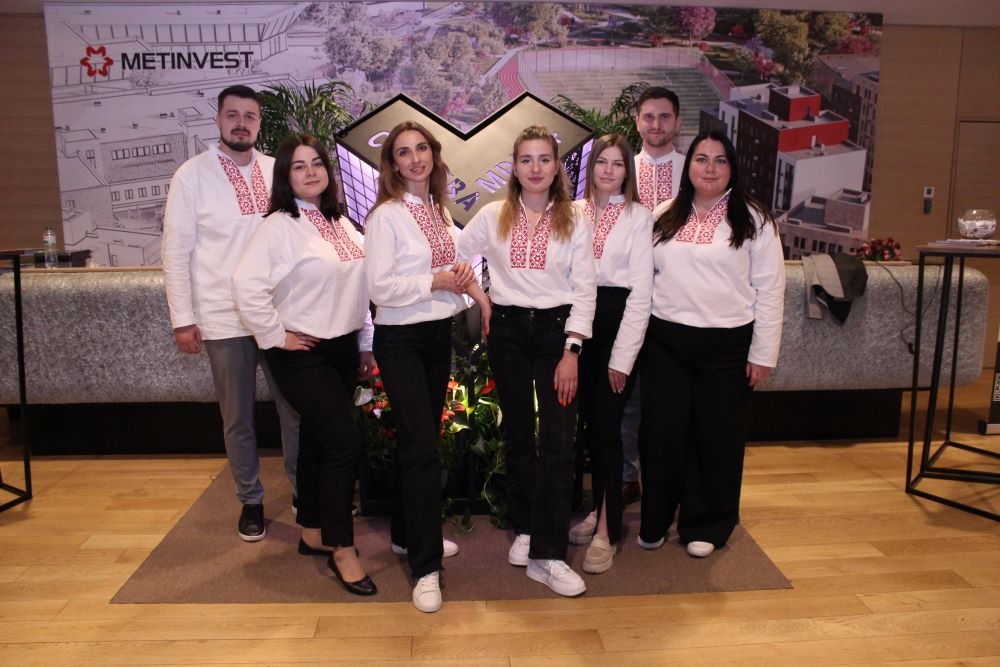
Tetiana SKRYPKA said: “We are in constant touch with different communities, so when we learn that someone has issues with spatial plans, we help them. In addition, during the Ukrainian Construction Congress, we raffled two certificates for the development of spatial plans for communities interested from the Association of Small Towns of Ukraine. In total, 33 communities from different regions applied, and two were selected by lot: Trostianets and Hlukhiv from the Sumy region.”
Next steps
While large-scale neighbourhood restoration projects in Mariupol and Bakhmut are undergoing public discussion, Steel Dream is simultaneously working on smaller projects.
In cooperation with an international fund, the team plans to build five steel schools using modular technology in the Kyiv, Mykolaiv and Kherson regions. Metal structures are already being manufactured.
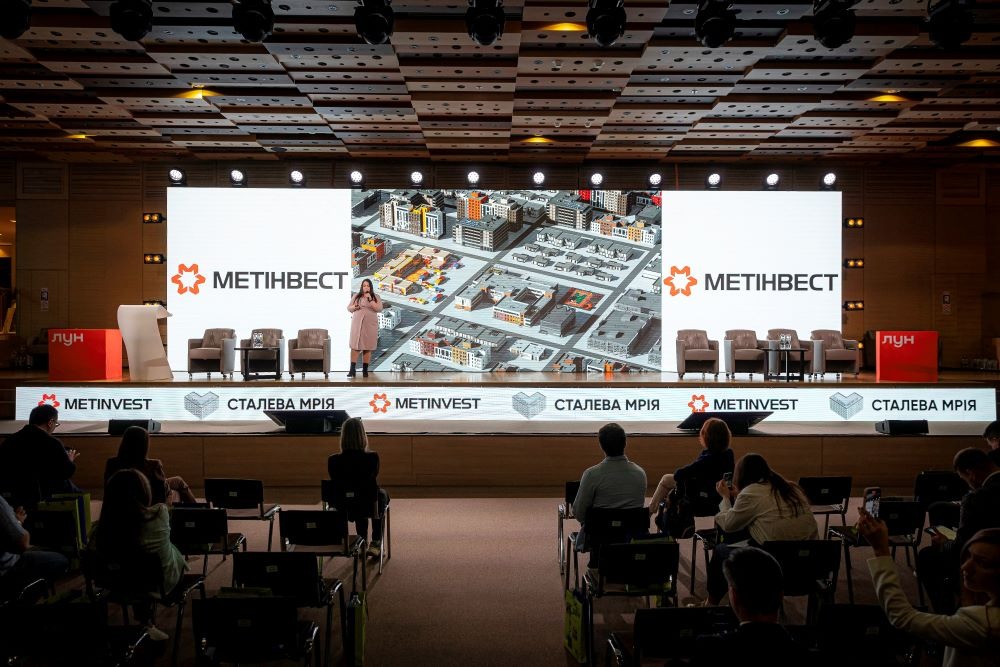
Tetiana SKRYPKA said: “This technology is ideal for the de-occupied territories because modular structures are semi-finished products: the frame is manufactured at the facility, then delivered to the site, and only internal work and landscaping remain after installation. We expect some of them to open for students on 1 September. We are also working with the military on a project for a permanent shelter with all of the necessary communications. Later, it can be used in civilian life: for schools and kindergartens.”
The Ministry for Communities, Territories and Infrastructure has become interested in the Steel Dream concept. In early May, a working group met for the first time with experts in architecture and urban planning, as well as representatives of regulatory authorities. They discussed the inclusion of Steel Dream projects in the state database of re-use projects.
There is a Dream platform where such projects are uploaded. Communities can use it for free, involving only part of their funds, as well as government or donor assistance.
Tetiana SKRYPKA said: “This database of projects will allow communities to save around nine to 12 months of work and considerable funds for design. In cooperation with the Ministry for Restoration, we are currently analysing and evaluating Metinvest’s projects for compliance with all requirements. After that, we expect them to be included in the catalogue. Currently, only underground shelters feature there, so the initiative is only gaining momentum.”






